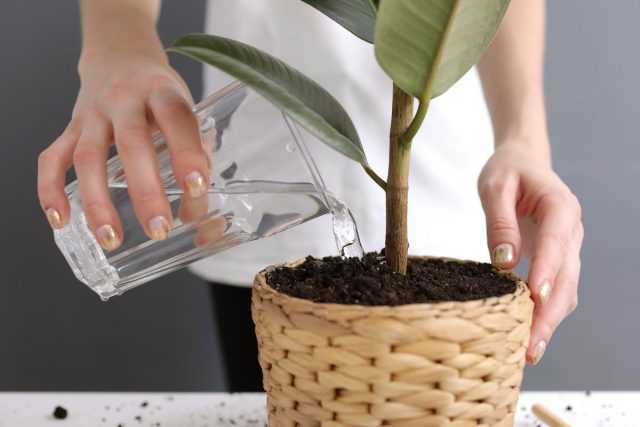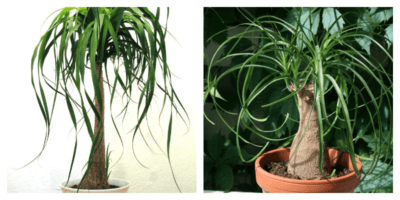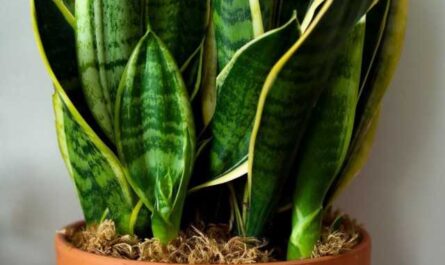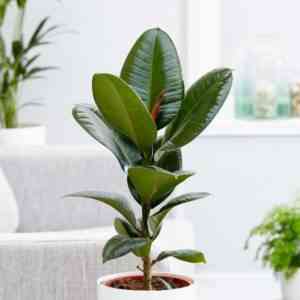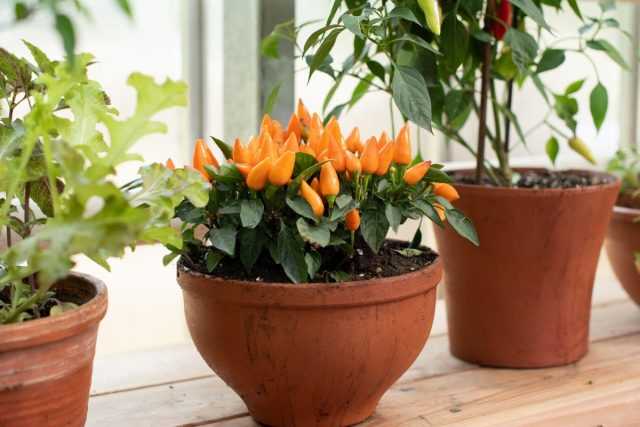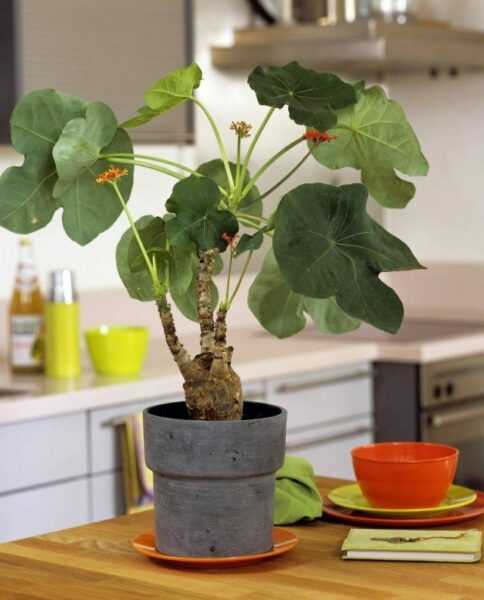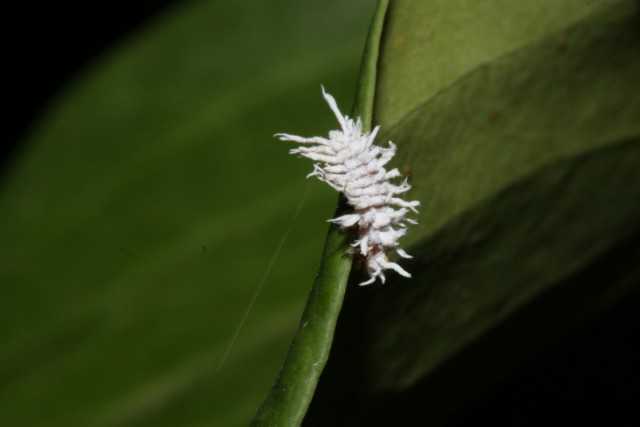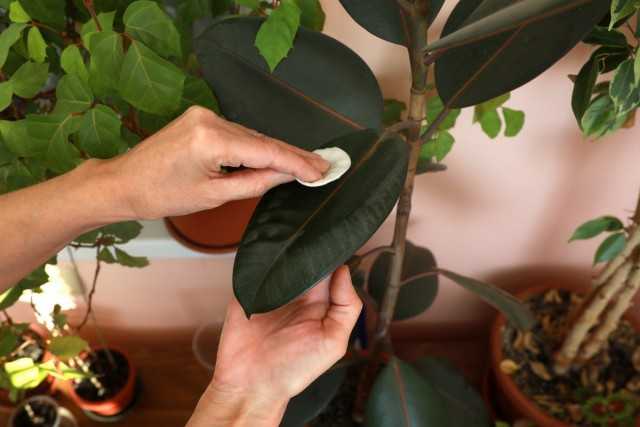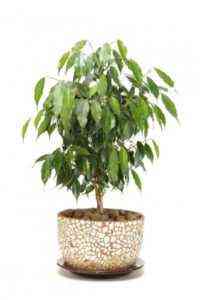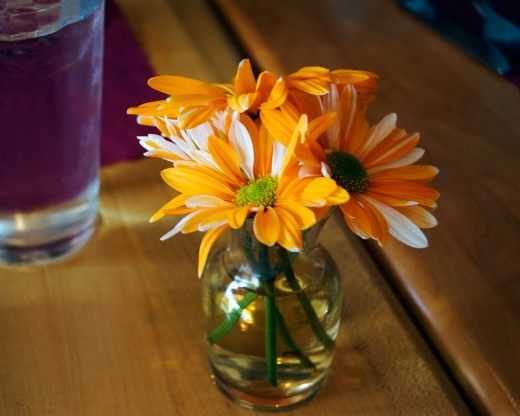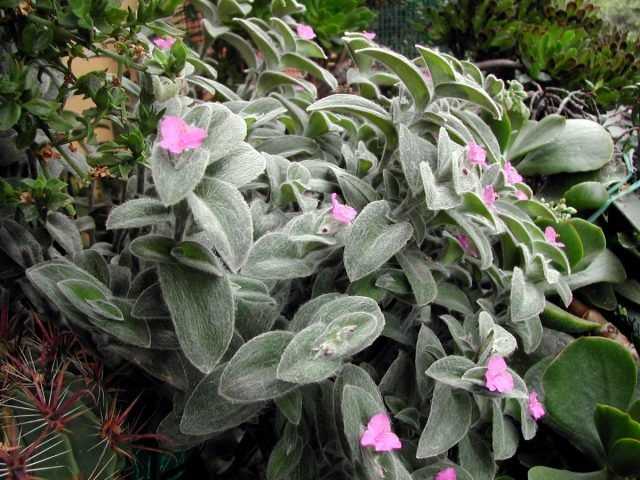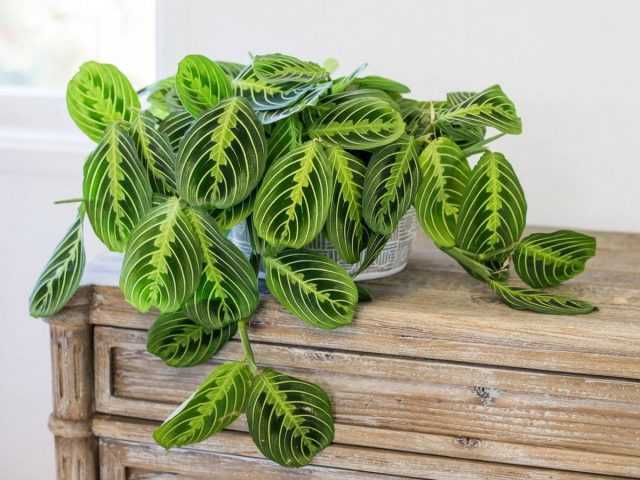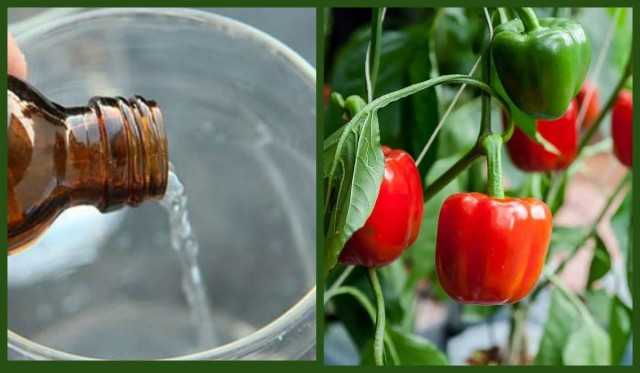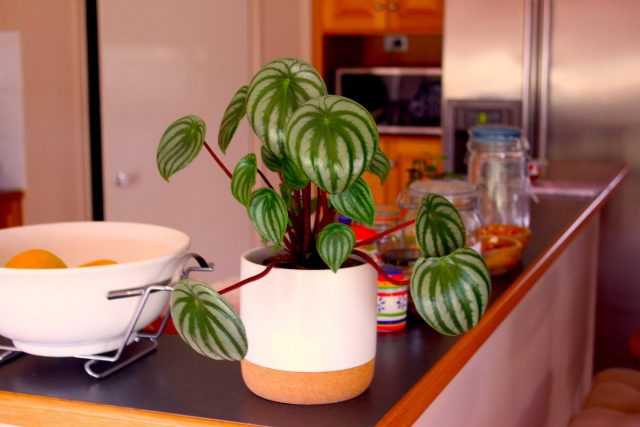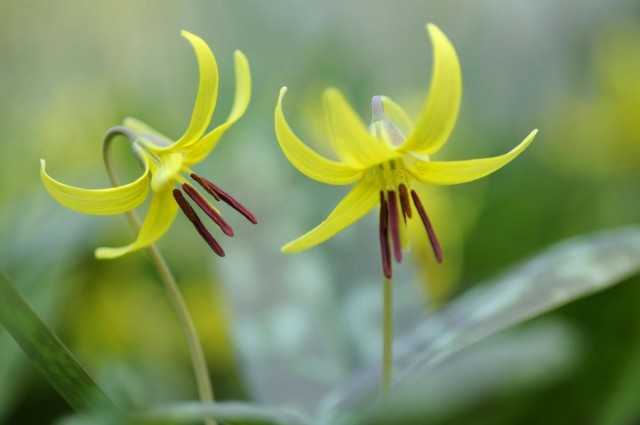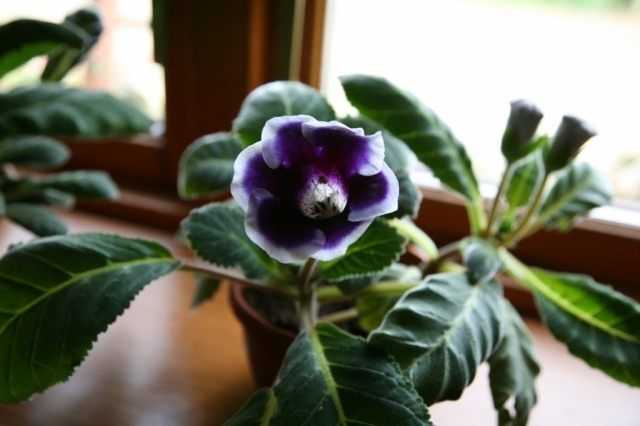Several years ago I got a lovely indoor rose. At first it was a small rooted stalk, and now it is a bush 60 cm high. Up to 15 pink-crimson flowers with a diameter of 6 cm, similar to fluffy pom-poms, bloom on it at the same time. At this time, the plant looks royally luxurious.
Rose (Rosa). Farmer Burea-Uinsurance.com Peste Razor
Caring for a room rose is simple. In the spring, as soon as the daytime temperature outside the window begins to rise to 17 ° C, I take the pot out to the glazed loggia. But first, I shorten all branches by a third of the length in order to cause rapid growth of shoots.
I water the plant abundantly twice a day, early in the morning and in the evening, and in the heat during the day I try to sprinkle it with warm boiled water from a spray bottle. Every two weeks I feed alternately with mineral Kemira-lux and liquid organic fertilizer New ideal. The latter, by the way, can be replaced with infusion of bird droppings (1:25) or mullein (1:10).
Each growing shoot on my rose ends with a bud. As soon as the petals crumble, I cut the shoot to the first leaf, which stimulates further flowering.
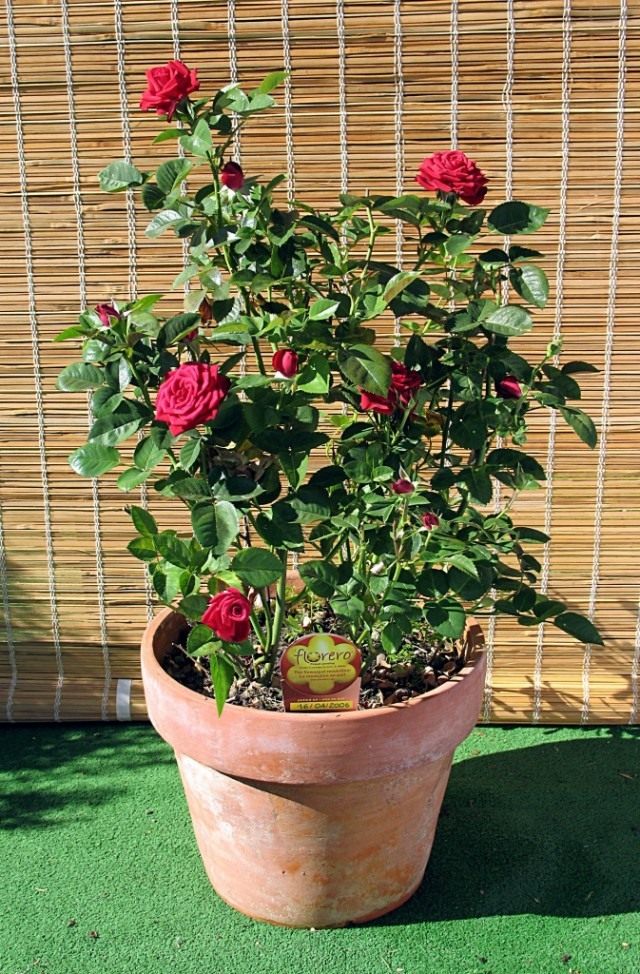
A rose is often attacked by a spider mite. The affected plant begins to shower its leaves, it is enveloped in a kind of dusty cobweb. Soap solution helps, and then shower. Usually I repeat the treatment in two days. And so that the soil from the pot does not spill out, I cover it with plastic wrap.
In the fall, as soon as it becomes cool outside, I bring the pot into the room and put it on the south window. I water less, but continue feeding with liquid organic fertilizer. Sometimes in winter, up to a third of all leaves fall from a rose, and it continues to bloom, although not as abundantly as in summer.
I propagate the rose by semi-lignified cuttings in July. They root easily in wet sand under a glass jar. Then I plant them in pots with a diameter of 15 cm, filled with a substrate of garden soil, peat, humus, sand (4: 1: 1: 2). I transplant young bushes annually in spring, adults – once every three years.
To all my friends and acquaintances, I have already presented a pink beauty, it’s a pity, I still don’t know her full name.
Materials used


